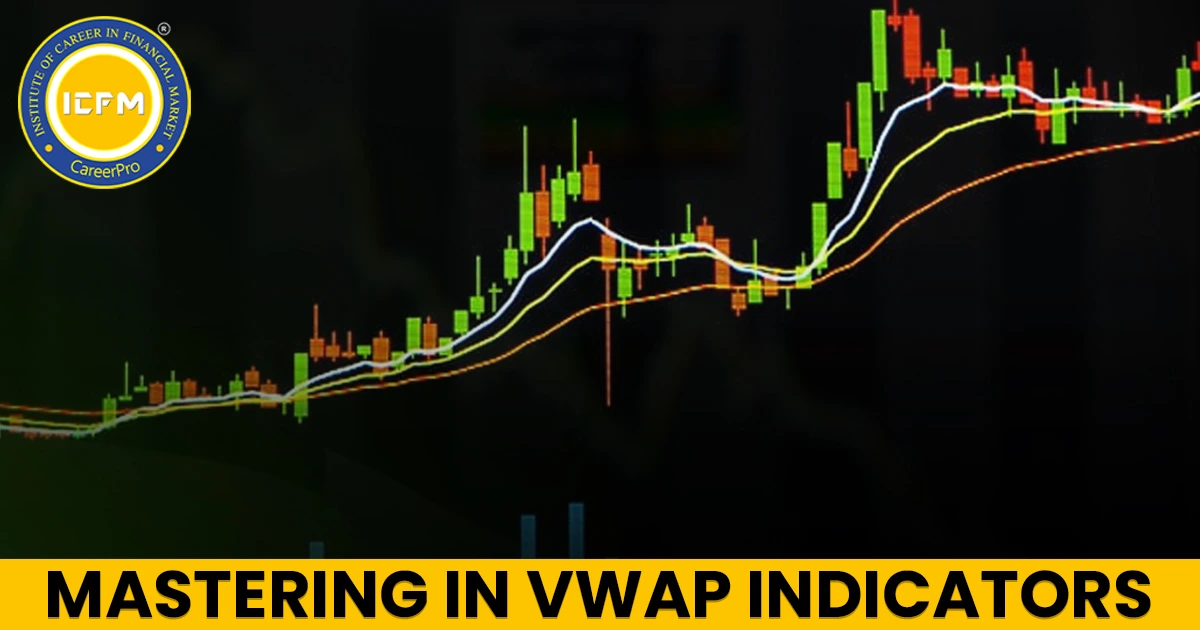DECIDING RIGHT STOP LOSS
Risk management is one of the most important things to consider in trading and having an appropriate stop-loss is capital preservation. A stop-loss point is the level or price at which you decide to exit a trade to prevent further loss if the market swings against you. It becomes quite logical now to ask: How does one determine where to put a stop-loss? Technical analysis comes into the picture here.
1. Support and Resistance Levels to Set Stop-Loss. Undoubtedly, this is one of the most dependable ways to set stop-loss levels, watching for support and resistance zones on the chart. Generally speaking, these are price levels where the market has traded around or turned in the past.
- For Long Positions: Place your stop-loss just below some key support. For if the price breaks through the support then your trade idea is no longer valid.
- For Short Positions: Place your stop-loss just above a significant level of resistance. For if the price breaks through above resistance then a possible uptrend is signalled, and it's time to close your trade.
2. Using Moving Averages as Dynamic Stops - Moving averages are probably the most followed indicators by traders, and they can be easily used when setting a dynamic stop based on price using its moving averages. Moving averages produce a moving support or resistance level while in a trend. You can place your stop loss at a distance from an important moving average, which could be the 50-day average, the 200-day average, or others depending on your time frame.
- For Long Positions: Place the stop-loss point below the key moving average that is acting as support.
- For Short Positions: Place the stop-loss point above the key moving average that is acting as resistance.
3. Volatility-Based Stop-Loss Using Average True Range The average true range is a volatility indicator that calculates the average price move over a specified timeframe as measured by the highest price, lowest price, and the difference between the high and low for the period, whichever is greater. You can then use the average true range to figure out a volatility-based stop-loss distance which can keep your stop from getting hit too quickly on normal market fluctuations in place.
Calculate the ATR on a set amount of time say 14 days.
Calculate the stop loss distance: Multiply the ATR by a chosen factor, such as 1.5x ATR or 2x ATR
Place the stop-loss: Set the stop-loss distance from your entry that the ATR determines.
4. Applying Chart Patterns as Stop-Loss Levels- Certain chart patterns, head and shoulders, triangles, flags, and channels, provide good leads for entering stop-loss orders. For instance, if you find a valid chart pattern, you can place your stop-loss at the level where if the price crosses or moves beyond that point, it would void the pattern.
- For Breakout Patterns: Place your stop-loss just below the breakout point for long positions or just above it for short positions.
- For Reversal Patterns: If the chart pattern suggests a potential reversal, place the stop-loss just beyond where the reversal would likely fail to occur.
5. Fibonacci Retracement Levels for the Placement of Trailing Stop-Loss- The most significant role of the Fibonacci retracement levels is to determine the location of the areas where price corrections may terminate and the trend can resume. Some of the key levels are 23.6%, 38.2%, 50%, and 61.8%.
- For long Positions- In the event that the price is reactivating due to an uptrend, you should place the stop-loss right below the next Fibonacci level.
- For short position If you are retracing the price following a downtrend, position your stop-loss just above the next Fibonacci level.









